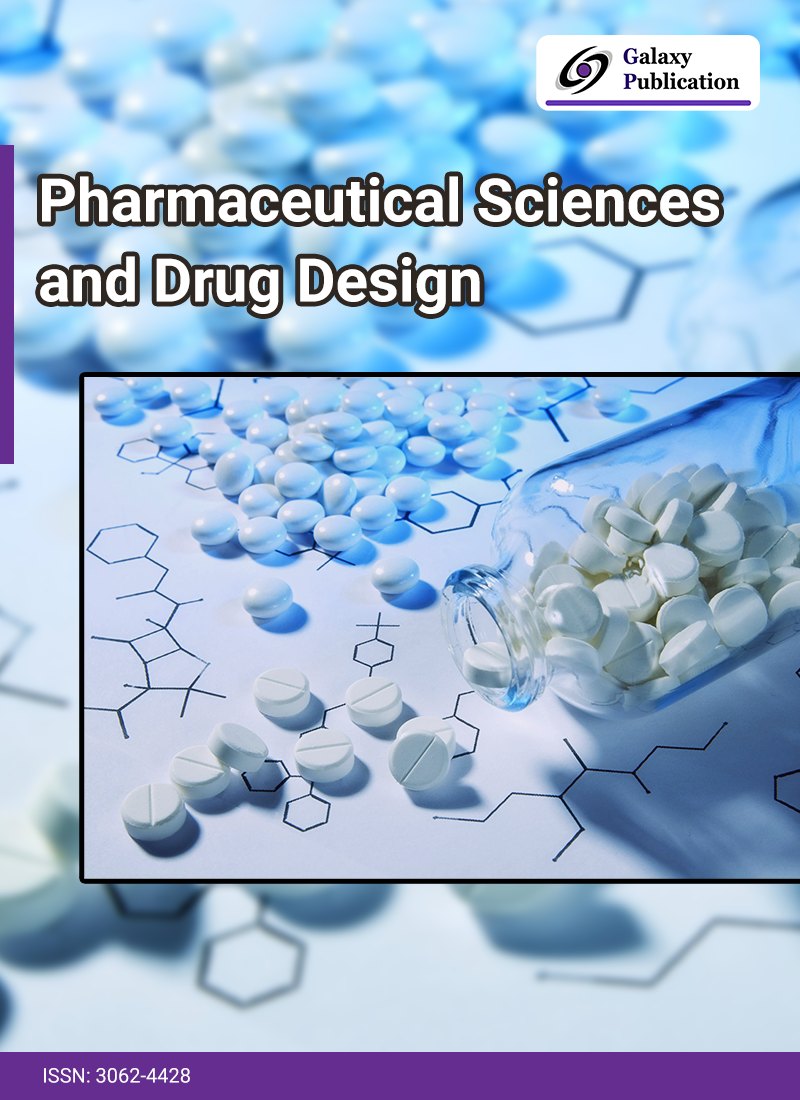
In recent years, pharmaceutical companies have focused on controlled-release dosage forms, including solid, semi-solid, and topical preparations, due to their improved efficacy and better patient acceptance. However, transdermal drug delivery systems face challenges for compounds intended for skin application. Traditional topical treatments often have drawbacks such as unpleasant odors, greasiness, and skin irritation. In some cases, topical treatments do not achieve sufficient systemic circulation concentrations. The advent of microsponges has addressed these challenges in the field of pharmaceutical research. Microsponges, with particle sizes ranging from 10 to 25 microns, offer significant entrapment and controlled release of multiple components in a single system. These polymeric delivery systems consist of sponge-like spherical particles with porous surfaces that release drugs in response to external stimuli such as pH, temperature, or friction. Topical and oral drug delivery is possible with micro-sponges. This review explores the potential of microsponges for various applications, including oral, topical, and antifungal therapies, and highlights their advantages, limitations, and release mechanisms. It also discusses recent advancements and prospects in this field. Microsponge technology holds promise for the development of safer and more effective medications, including its use in cosmetics, skincare, sunscreens, and prescription products. The review also covers the essential aspects of microsponges, including particle size, entrapment efficacy, drug content, dissolution tests, and compatibility studies.